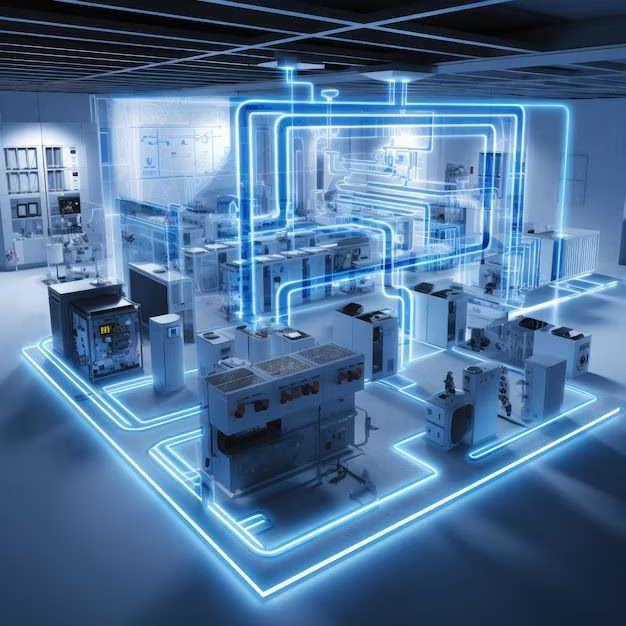Introduction to Heat Recovery in HVAC Systems
Energy efficiency and maintaining the right temperature with proper ventilation are key requirements in HVAC systems. These systems rely on heat exchange principles, where hot and cold media interact, transferring heat to maintain comfortable indoor environments. However, heat recovery takes this concept further, enhancing both energy savings and indoor air quality.
Why is Heat Recovery Important in HVAC?
In a typical air-tight room, outside air conditions—whether hot or cold—affect the interior environment. Without proper ventilation, controlling temperature and moisture becomes challenging. Heat recovery systems solve this by transferring heat between outgoing and incoming air, improving overall air quality and reducing energy costs.
How Heat Recovery Works in HVAC Systems
The heart of a heat recovery system lies in the Heat Recovery Ventilator (HRV). The HRV has two blowers: one extracts indoor air while the other brings in outdoor air. Before being transferred, both airflows pass through filters to remove impurities. The system operates on two main principles based on weather conditions:
- In Cold Weather:
Hot, stale indoor air is extracted and released outside, while cold outdoor air is brought in and heated through the heat exchange with the outgoing air. The indoor air warms up slightly, making the incoming air more comfortable without drastically changing the room’s temperature. - In Warm Weather:
The process reverses. The warm outside air exchanges heat with the cool indoor air, preventing the indoor space from getting too hot while maintaining improved air quality.
The Benefits of Heat Recovery in HVAC Systems
- Energy Efficiency:
Heat recovery systems reduce the need for additional heating or cooling by optimizing the use of outdoor air, minimizing energy waste in HVAC operations. - Improved Air Quality:
Through constant ventilation and heat exchange, the system ensures the removal of pollutants, bacteria, and foul odors, providing fresher air in the indoor environment. - Maintained Comfort:
While HRV systems do not drastically alter the room’s temperature, they maintain a stable and comfortable environment by moderating incoming air temperatures.
Integrating HRV with Air Conditioning or Heat Pump Systems
Heat recovery systems are not meant to replace air conditioning or heat pumps; rather, they complement them. When combined, HRV systems improve ventilation, while air conditioning or heat pumps provide significant temperature adjustments. The two systems can work together to meet both temperature and air quality needs efficiently.
Conclusion: Optimizing HVAC Systems with Heat Recovery
Incorporating heat recovery into HVAC systems represents a smart approach to energy savings and air quality management. By using outdoor air to regulate indoor conditions without sacrificing comfort, HRVs enhance ventilation and reduce energy consumption. Whether used alone or in conjunction with other climate control systems, HRVs offer an effective solution for modern HVAC requirements.

 6G Controls - Leading Supplier of New & Original PLC 、DCS Parts and Automation Controller
6G Controls - Leading Supplier of New & Original PLC 、DCS Parts and Automation Controller
